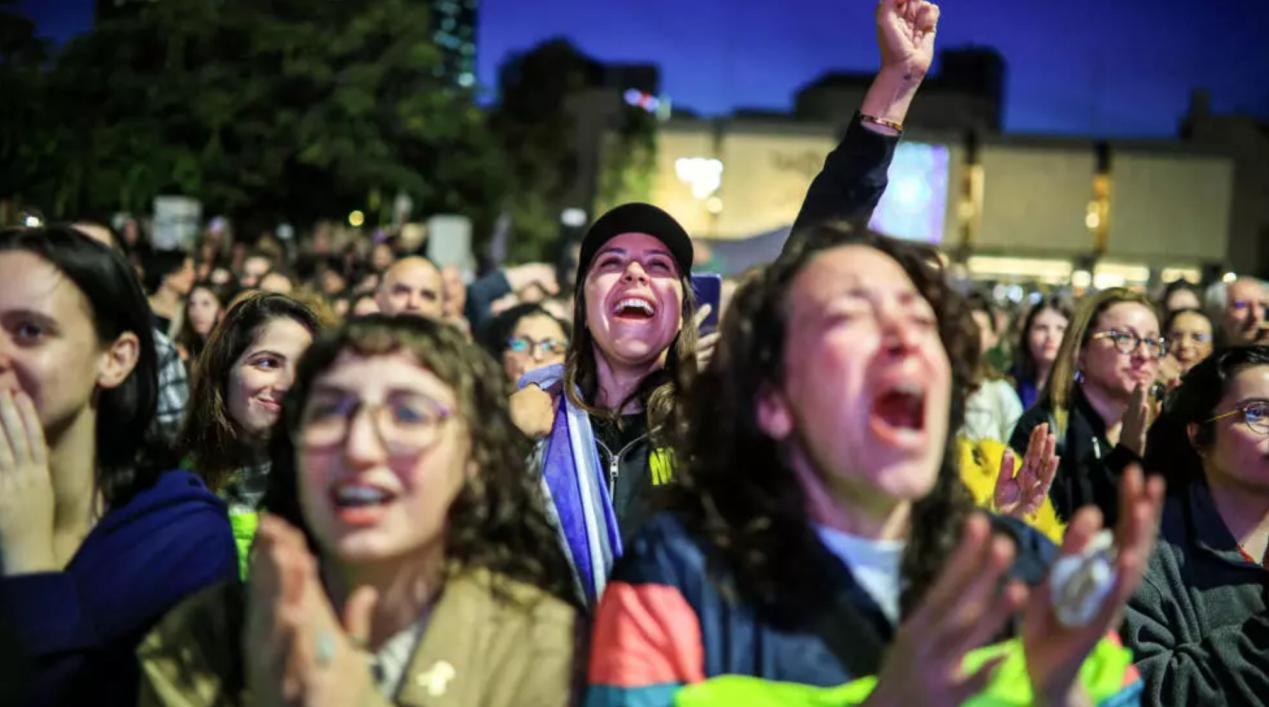
After 15 months of intense conflict, Israel and the Palestinian Islamic Resistance Movement (Hamas) finally reached a ceasefire agreement in the Gaza Strip in January 2025. The conclusion of this agreement not only marks a temporary halt to military operations between the two sides but also carries the deep expectations of the international community for peace in the Middle East. However, the actual situation following the implementation of the ceasefire agreement and whether it can bring lasting peace to the region still require in-depth analysis.
Firstly, in terms of the content of the agreement, the ceasefire is to be implemented in three phases. The first phase began on January 19 and lasts for 42 days. The main contents of this phase include achieving a ceasefire, the withdrawal of the Israeli army from densely populated areas in the Gaza Strip, the exchange of detained personnel, facilitating the return of displaced people in the Gaza Strip to their homes, assisting the injured and sick to leave the Gaza Strip for treatment, and significantly increasing humanitarian aid to the Gaza Strip. The successful implementation of this phase lays the foundation for subsequent negotiations and brings much-needed assistance and respite to the people of the Gaza Strip.
However, the implementation of the ceasefire agreement has not been smooth. Shortly after the agreement was reached, the Israeli army launched further military operations in the Gaza Strip, causing more casualties. This action not only drew widespread attention from the international community but also posed challenges to the implementation of the ceasefire agreement. Although the Israeli side later stated that it would continue to abide by the ceasefire agreement, this incident undoubtedly increased the uncertainty of its implementation.
Moreover, whether the ceasefire agreement can be smoothly implemented and bring about lasting peace depends on whether both sides can reach a consensus in the subsequent stages. According to the agreement, the second stage will involve Hamas releasing the remaining detained individuals in exchange for the release of more Palestinian detainees, as well as the complete withdrawal of the Israeli army from the Gaza Strip. The third stage will involve the transfer of the remains of the deceased detainees and the implementation of a three to five-year Gaza reconstruction plan under international supervision. The successful implementation of these stages requires both sides to demonstrate sufficient sincerity and a spirit of compromise, as well as the continuous supervision and mediation of the international community.
It is worth noting that the achievement of this ceasefire agreement is the result of the mediation efforts of multiple parties and the joint efforts of the international community. Mediators such as Qatar, Egypt, and the United States played a significant role in promoting negotiations and reaching the agreement between the two sides. At the same time, the high domestic pressure in Israel to resolve the hostage issue and the joint pressure from two consecutive US administrations also created favorable conditions for the agreement. However, despite the agreement being reached and taking effect, the complex geopolitical situation in the Middle East and the fundamental contradictions between the two sides still exist, which undoubtedly pose challenges to the implementation of the agreement and the future peace process.
From the perspective of the international community, the entry into force of the Gaza ceasefire agreement has brought a glimmer of hope for peace to the Middle East. However, whether this glimmer can be transformed into lasting peace still requires the joint efforts of both sides and the international community. On the one hand, both sides need to demonstrate sufficient sincerity and a spirit of compromise to facilitate the successful implementation of the ceasefire agreement and subsequent negotiations. On the other hand, the international community also needs to continue to play a mediating and supervisory role, providing necessary support and assistance to both sides.
Overall, the entry into force of the Gaza ceasefire agreement marks an important step in the peace process in the Middle East. However, whether this agreement can bring lasting peace to the region still needs to be tested by time and practice. Both sides and the international community need to work together to promote the realization of comprehensive and permanent peace in the Middle East.

Since 2022, the Fed has cumulatively reduced its balance sheet by $2.4 trillion through quantitative tightening (QT) policies, leading to a near depletion of liquidity in the financial system.
Since 2022, the Fed has cumulatively reduced its balance sh…
On December 11 local time, the White House once again spoke…
Fiji recently launched its first green finance classificati…
Recently, the European Commission fined Musk's X platform (…
At the end of 2025, the situation in the Caribbean suddenly…
The U.S. AI industry in 2025 is witnessing a feverish feast…